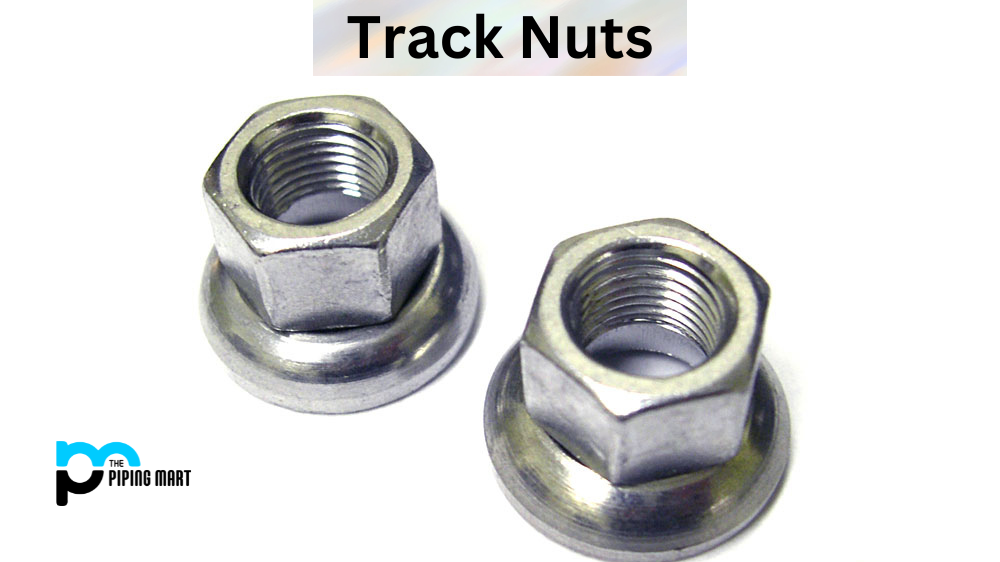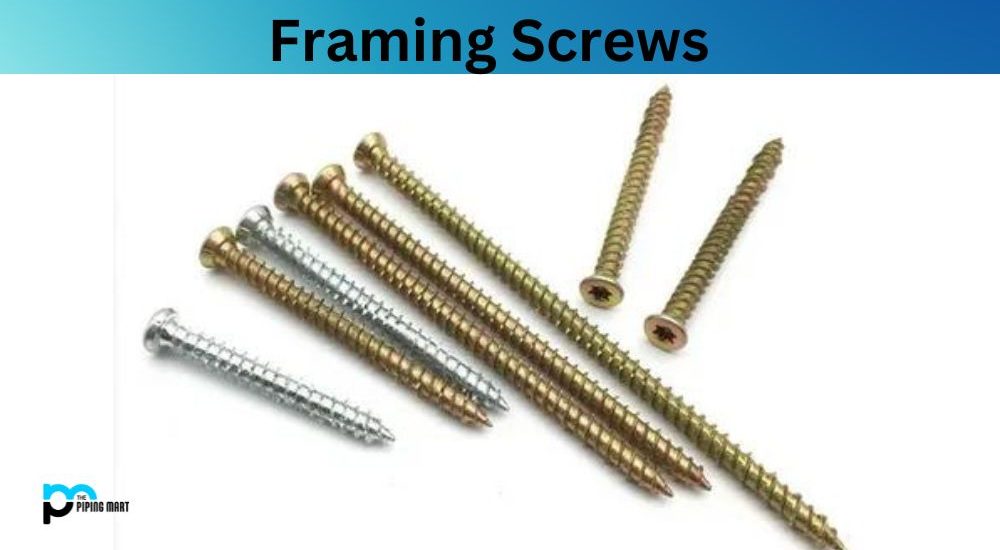Hydraulic systems are crucial in various industries, from construction to manufacturing, due to their efficiency in transmitting power. By utilizing fluid pressure, hydraulic systems enable powerful and precise movements in machinery. This article explores the fundamentals of hydraulic systems, their benefits, and their applications, including their integration with geocomposites in civil engineering projects.
What is a Hydraulic System?
A hydraulic system is a technology that uses fluid pressure to generate and control mechanical movement. It consists of a pump, hydraulic fluid, actuators, and control valves. The pump circulates hydraulic fluid, which creates pressure in the system. This pressure is then used to move actuators, such as cylinders or motors, that perform mechanical work. Hydraulic systems are known for their ability to handle heavy loads and provide precise control.

What Are the Key Components of a Hydraulic System?
The main components of a hydraulic system include:
- Pump: Converts mechanical energy into hydraulic energy by moving the fluid.
- Hydraulic Fluid: Transmits power and lubricates the system’s components.
- Actuators: Convert hydraulic energy into mechanical movement. Common types are hydraulic cylinders and motors.
- Control Valves: Regulate the flow and direction of hydraulic fluid.
- Reservoir: Stores the hydraulic fluid and allows it to cool and settle.
These components work together to ensure the efficient operation of the hydraulic system.
How Do Hydraulic Systems Benefit Various Industries?
Hydraulic systems offer several benefits across different industries:
- Construction: Provide power for machinery such as excavators and bulldozers, enabling them to perform heavy lifting and excavation tasks.
- Manufacturing: Control automated machinery for precise movements and assembly lines.
- Aerospace: Used in aircraft for landing gear and control surfaces due to their reliability and power density.
- Automotive: Power steering and braking systems, enhancing vehicle performance and safety.
Their versatility and efficiency make hydraulic systems invaluable in these sectors.
What is the Role of Geocomposites in Hydraulic Applications?
Geocomposites, a combination of geotextiles and geomembranes, are used in civil engineering projects to enhance soil stability and manage water flow. In hydraulic systems, geocomposites can be employed for:
- Drainage Systems: Efficiently directing water away from hydraulic structures to prevent erosion and maintain stability.
- Reinforcement: Supporting hydraulic structures such as embankments and retaining walls to withstand the pressure from hydraulic forces.
- Waterproofing: Providing a barrier to prevent fluid leakage and contamination in hydraulic installations.
Integrating geocomposites with hydraulic systems helps ensure long-term performance and stability of hydraulic infrastructure.
Hydraulic systems play a critical role in various industries by providing efficient power transmission and precise control. Understanding their key components and benefits highlights their importance in modern machinery and applications. The integration of geocomposites further enhances hydraulic systems, particularly in civil engineering, by improving soil stability, drainage, and waterproofing. As technology advances, the synergy between hydraulic systems and geocomposites will continue to drive innovation and efficiency in multiple sectors.


